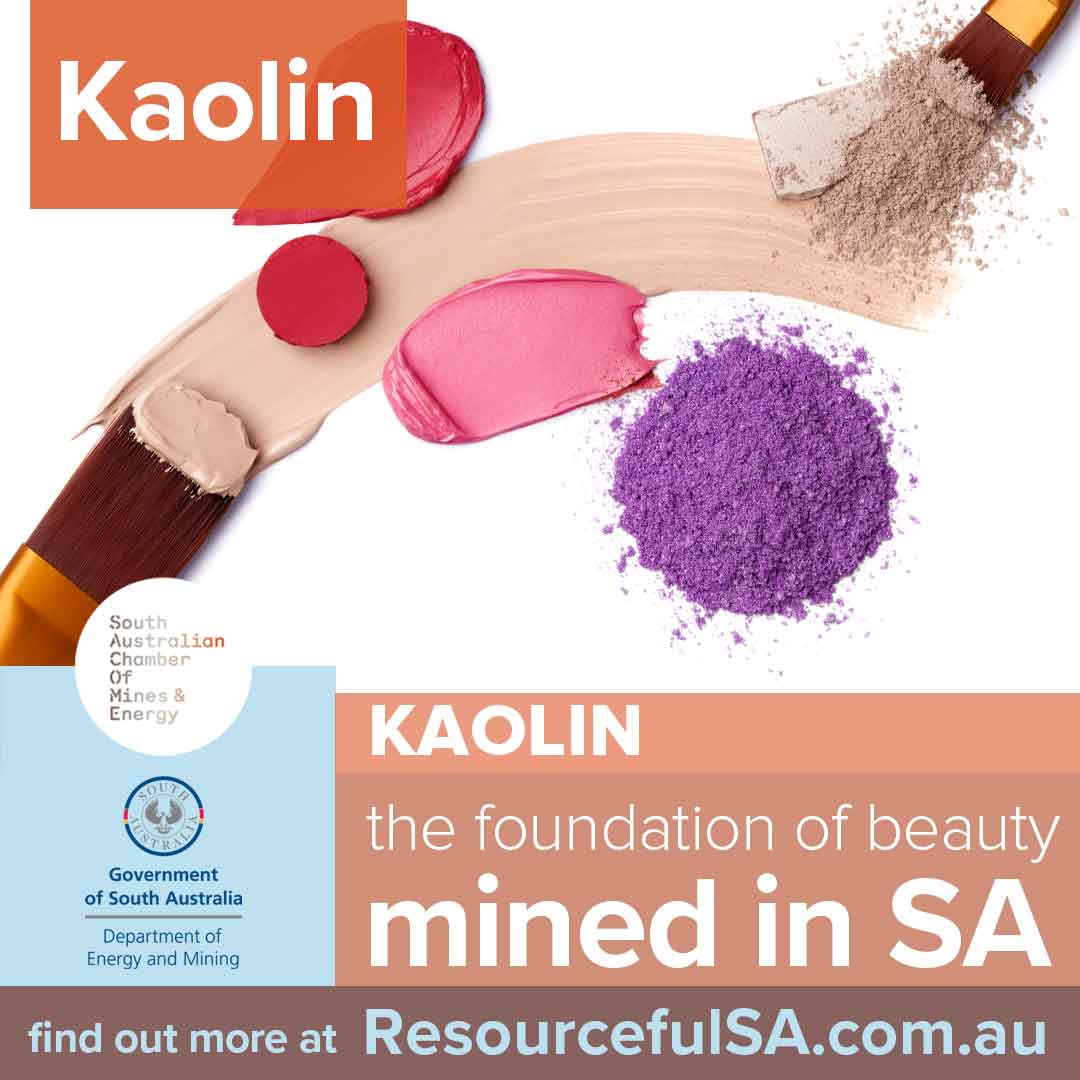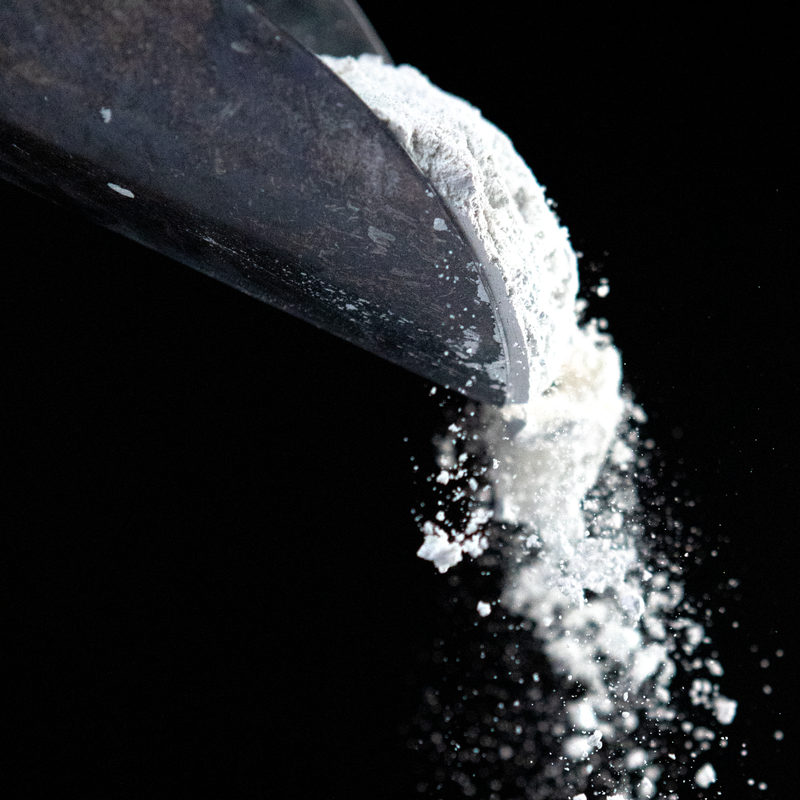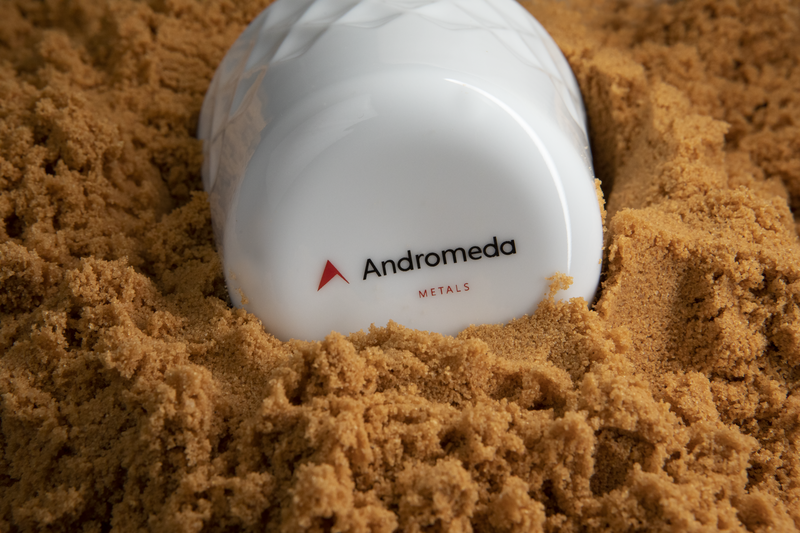|
What is Kaolin?
Kaolin is a soft white, bright inert mineral clay with very fine particle size. Due to its inertness, non-toxicity, and bright whiteness, it is considered one of the most important and versatile industrial clays, with a white variety of uses. If there’s an unsung hero of the minerals world, it’s kaolin. It’s indispensable. It’s in paper, rubber, paint, ceramics, cosmetics, fibreglass and pharmaceuticals. But most of us would only recognise it as the soft-white clay in china and porcelain. It is a chemically inert mineral. And that makes it ideal as an extender as it won’t react with other compounds or promote bacterial growth. It’s highly adsorbent but doesn’t swell. This gives it a role in purifying wastewater of metals and chloride contaminants.
Did you know?
Halloysite is a rare form of kaolin where the mineral naturally occurs as nanotubes. It has a wide variety of industrial uses including in specialised green technologies and other cutting-edge applications such as hydrogen storage, water remediation, carbon capture and conversion, supercapacitors and cancer therapeutics. Where is Kaolin mined in South Australia? Andromeda is progressing towards development of its halloysite-kaolin Great White Project on the Eyre Peninsula, with considerable potential for other large resources of kaolin across South Australia. |




